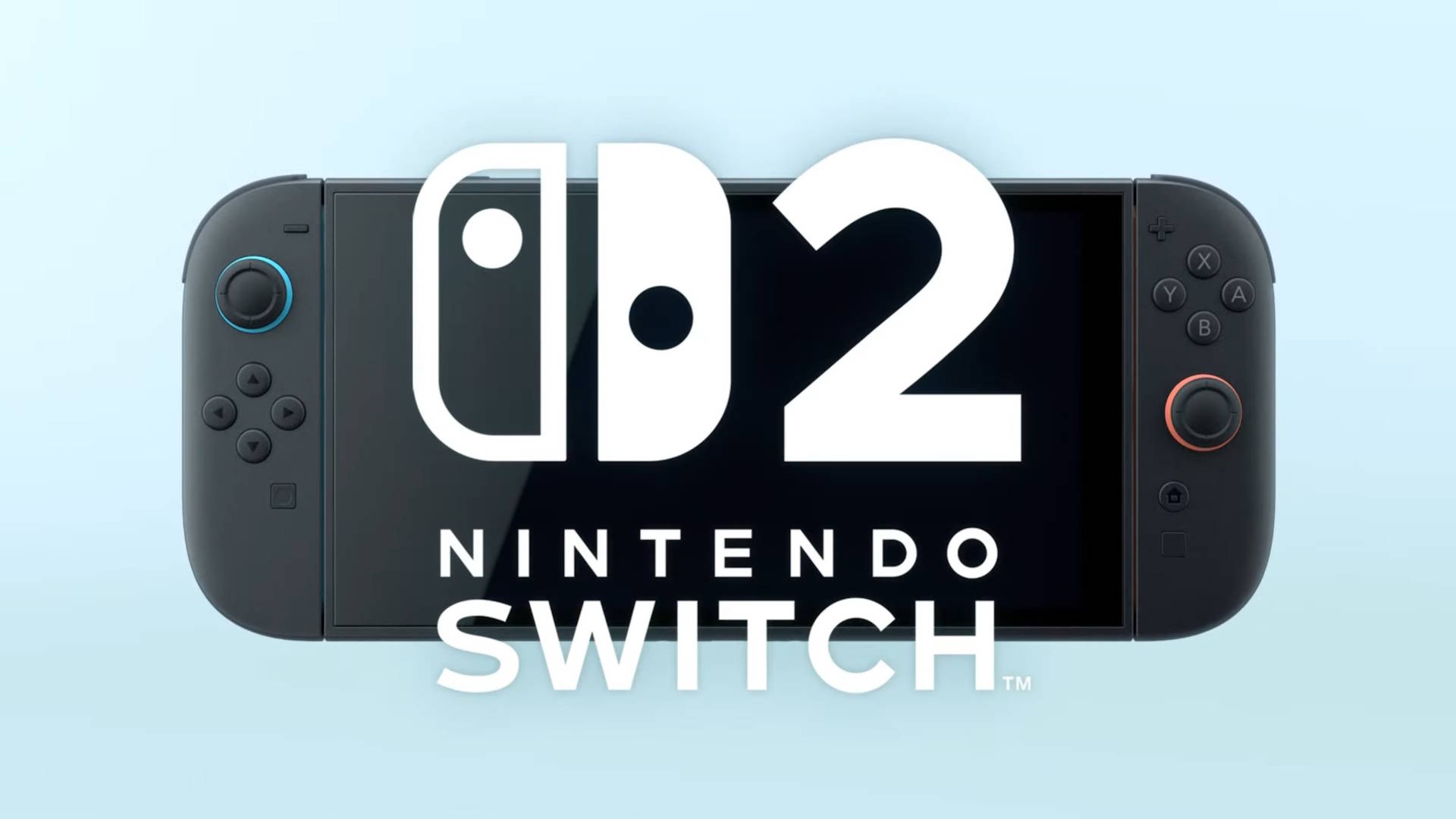The Ultimate Guide to Ping Pong Games: Fun, Fitness, and Skill Development
Discover the world of ping pong games! Learn about their history, rules, health benefits, and tips to improve your skills. Find the best equipment and fun variations for all ages.
Ping pong, also known as table tennis, is a thrilling sport that combines agility, strategy, and precision. Whether you're a casual player or a competitive enthusiast, ping pong games offer endless entertainment and numerous health benefits. In this comprehensive guide, we’ll explore everything you need to know about ping pong games, from their history and rules to tips for improving your skills and the best equipment to use. Let’s dive into the world of ping pong and discover why it’s one of the most popular games worldwide.
What Are Ping Pong Games?
Ping pong games are fast-paced, engaging matches played on a table divided by a net. Players use paddles to hit a lightweight ball back and forth, aiming to outscore their opponent. The game can be played in singles (one player per side) or doubles (two players per side). Ping pong is not only a competitive sport but also a fantastic way to socialize, stay active, and sharpen your reflexes.
A Brief History of Ping Pong
Ping pong originated in the late 19th century as an indoor version of lawn tennis. It gained popularity in England and quickly spread across Europe and Asia. By the 20th century, ping pong had become a globally recognized sport, with the International Table Tennis Federation (ITTF) established in 1926 to govern the game. Today, ping pong is an Olympic sport and a favorite pastime for millions of people worldwide.
Why Ping Pong Games Are So Popular
-
Accessibility: Ping pong tables are affordable and can be set up in homes, offices, or outdoor spaces. The game requires minimal equipment, making it easy for anyone to play.
-
Health Benefits: Ping pong improves hand-eye coordination, reflexes, and cardiovascular health. It’s also a low-impact exercise, making it suitable for all ages.
-
Social Interaction: Ping pong is a great way to connect with friends, family, or colleagues. It fosters teamwork and friendly competition.
-
Mental Stimulation: The game requires quick thinking, strategy, and focus, which can enhance cognitive abilities and reduce stress.
-
Versatility: Ping pong can be played casually or competitively, making it appealing to players of all skill levels.
Rules of Ping Pong Games
Understanding the basic rules is essential to enjoy ping pong games. Here’s a quick overview:
-
Scoring: A standard game is played to 11 points, and a player must win by at least 2 points. Matches are typically best of 5 or 7 games.
-
Serving: The server must toss the ball at least 6 inches in the air and strike it so that it bounces once on their side of the table and once on the opponent’s side.
-
Rally: Players alternate hitting the ball until one fails to return it properly. The ball must clear the net and land on the opponent’s side of the table.
-
Doubles Rules: In doubles, players must alternate hits, and serves must diagonal from the right-hand side of the table.
-
Let: A let is called if the ball hits the net during a serve but still lands in the correct service area. The serve is replayed without penalty.
Tips to Improve Your Ping Pong Game
Whether you’re a beginner or an experienced player, these tips will help you elevate your ping pong skills:
-
Master the Basics: Focus on proper grip, stance, and footwork. A solid foundation is key to advanced techniques.
-
Practice Serving: A well-executed serve can give you an early advantage. Experiment with spin, speed, and placement.
-
Develop Spin Techniques: Learn how to apply topspin, backspin, and sidespin to control the ball’s trajectory and confuse your opponent.
-
Stay Light on Your Feet: Quick movements and good footwork are essential for reaching the ball and maintaining balance.
-
Watch Your Opponent: Pay attention to your opponent’s weaknesses and adapt your strategy accordingly.
-
Play Regularly: Consistent practice is the best way to improve your skills and build muscle memory.
-
Invest in Quality Equipment: A good paddle and table can significantly enhance your performance and enjoyment.
Health Benefits of Playing Ping Pong Games
Ping pong is more than just a fun activity; it’s a great way to stay healthy. Here are some of the top health benefits:
-
Improved Reflexes: The fast-paced nature of ping pong sharpens your reflexes and reaction time.
-
Enhanced Coordination: Hand-eye coordination is crucial for hitting the ball accurately and consistently.
-
Cardiovascular Fitness: The constant movement and quick bursts of energy provide an excellent cardio workout.
-
Mental Acuity: Ping pong requires strategic thinking and focus, which can improve cognitive function and reduce the risk of dementia.
-
Stress Relief: The game is a great way to unwind and release endorphins, promoting mental well-being.
-
Low-Impact Exercise: Unlike high-impact sports, ping pong is gentle on the joints, making it suitable for all ages.
Choosing the Right Equipment for Ping Pong Games
To fully enjoy ping pong games, it’s important to invest in the right equipment. Here’s what you need:
-
Ping Pong Table: Look for a table with a smooth, consistent surface and sturdy construction. Indoor tables are ideal for home use, while outdoor tables are weather-resistant.
-
Paddles (Rackets): Choose a paddle that suits your skill level. Beginners should opt for all-around paddles, while advanced players may prefer specialized paddles for spin or speed.
-
Ping Pong Balls: Use high-quality, ITTF-approved balls for consistent performance. Standard balls are 40mm in diameter and weigh 2.7 grams.
-
Net and Post Set: Ensure the net is the correct height (6 inches) and securely attached to the table.
-
Accessories: Consider items like paddle cases, table covers, and ball pickers for convenience and maintenance.
Popular Ping Pong Game Variations
If you’re looking to spice up your ping pong experience, try these fun variations:
-
Around the World: Players must hit the ball to specific spots on the table in a predetermined order.
-
Doubles Ping Pong: Play with teams of two, alternating hits and strategizing together.
-
Speed Ping Pong: Increase the pace of the game by setting a time limit for each rally.
-
Elimination Ping Pong: Players are eliminated after losing a point, and the last player standing wins.
-
Blindfold Ping Pong: Play blindfolded for a hilarious and challenging twist.
Ping Pong Games for Kids and Families
Ping pong is a fantastic activity for families and kids. It’s easy to learn, promotes bonding, and keeps everyone active. Here are some tips for introducing ping pong to children:
-
Start with Basics: Teach kids the proper grip, stance, and how to hit the ball.
-
Use Smaller Equipment: Consider smaller paddles and lower nets for younger players.
-
Keep It Fun: Focus on enjoyment rather than competition. Use games and challenges to keep kids engaged.
-
Encourage Practice: Set up a ping pong table at home and encourage regular play.
Competitive Ping Pong: Taking Your Game to the Next Level
For those interested in competitive ping pong, here’s how to get started:
-
Join a Club: Local table tennis clubs offer coaching, practice partners, and tournaments.
-
Participate in Tournaments: Compete in local, national, or international events to test your skills.
-
Work with a Coach: A professional coach can help you refine your techniques and develop a winning strategy.
-
Watch Professional Matches: Study the techniques and strategies of top players to improve your game.
Conclusion
Ping pong games are a perfect blend of fun, fitness, and skill development. Whether you’re playing casually with friends or competing at a high level, ping pong offers something for everyone. By understanding the rules, practicing regularly, and investing in quality equipment, you can elevate your game and enjoy all the benefits this exciting sport has to offer. So grab a paddle, find a partner, and start playing ping pong today!
What's Your Reaction?
 Like
0
Like
0
 Dislike
0
Dislike
0
 Love
0
Love
0
 Funny
0
Funny
0
 Angry
0
Angry
0
 Sad
0
Sad
0
 Wow
0
Wow
0














































